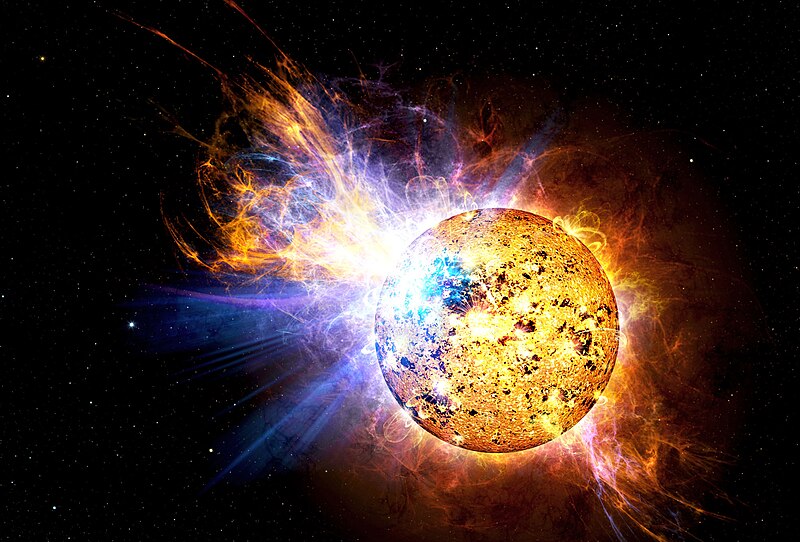ファイル:Nasa EV Lacertae 250408.jpg

このプレビューのサイズ: 800 × 542 ピクセル。 その他の解像度: 320 × 217 ピクセル | 640 × 434 ピクセル | 1,024 × 694 ピクセル | 1,280 × 867 ピクセル | 2,000 × 1,355 ピクセル。
元のファイル (2,000 × 1,355 ピクセル、ファイルサイズ: 485キロバイト、MIME タイプ: image/jpeg)
ファイルの履歴
過去の版のファイルを表示するには、その版の日時をクリックしてください。
| 日付と時刻 | サムネイル | 寸法 | 利用者 | コメント | |
|---|---|---|---|---|---|
| 現在の版 | 2023年10月24日 (火) 07:32 |  | 2,000 × 1,355 (485キロバイト) | Юрий Д.К. | original quality |
| 2008年6月20日 (金) 01:16 |  | 2,000 × 1,355 (301キロバイト) | Kimse | Full resolution | |
| 2008年5月23日 (金) 21:45 |  | 1,600 × 1,200 (253キロバイト) | Anetode | ||
| 2008年5月21日 (水) 14:13 |  | 946 × 710 (112キロバイト) | Fer31416 | {{Information |Description=Explosión de EV Lacertae |Source= NASA |Date= |Author= NASA |Permission= |other_versions= }} |
ファイルの使用状況
以下のページがこのファイルを使用しています:
グローバルなファイル使用状況
以下に挙げる他のウィキがこの画像を使っています:
- ar.wikipedia.org での使用状況
- ast.wikipedia.org での使用状況
- bs.wikipedia.org での使用状況
- ca.wikipedia.org での使用状況
- de.wikipedia.org での使用状況
- en.wikipedia.org での使用状況
- es.wikipedia.org での使用状況
- Lacerta
- Estrella fulgurante
- EV Lacertae
- Usuario:Jorghex
- Wikipedia:Candidatos a recursos destacados/Junio-2008
- Wikipedia:Candidatos a recursos destacados/Pipsqueak Star Unleashes Monster Flare.jpg
- Wikipedia:Recurso del día/julio de 2008
- Plantilla:RDD/186
- Wikipedia:Imágenes destacadas/Universo
- Wikipedia:Recurso del día/101 - 200
- Wikipedia:Recurso del día/abril de 2009
- Wikipedia:Recurso del día/junio de 2010
- Wikipedia:Recurso del día/diciembre de 2011
- Wikipedia:Recurso del día/diciembre de 2013
- Wikipedia:Recurso del día/junio de 2016
- Wikipedia:Recurso del día/septiembre de 2018
- Wikipedia:Recurso del día/enero de 2021
- Wikipedia:Recurso del día/diciembre de 2023
- eu.wikipedia.org での使用状況
- ext.wikipedia.org での使用状況
- fa.wikipedia.org での使用状況
- fr.wikipedia.org での使用状況
- fr.wiktionary.org での使用状況
- it.wikipedia.org での使用状況
このファイルのグローバル使用状況を表示する。


